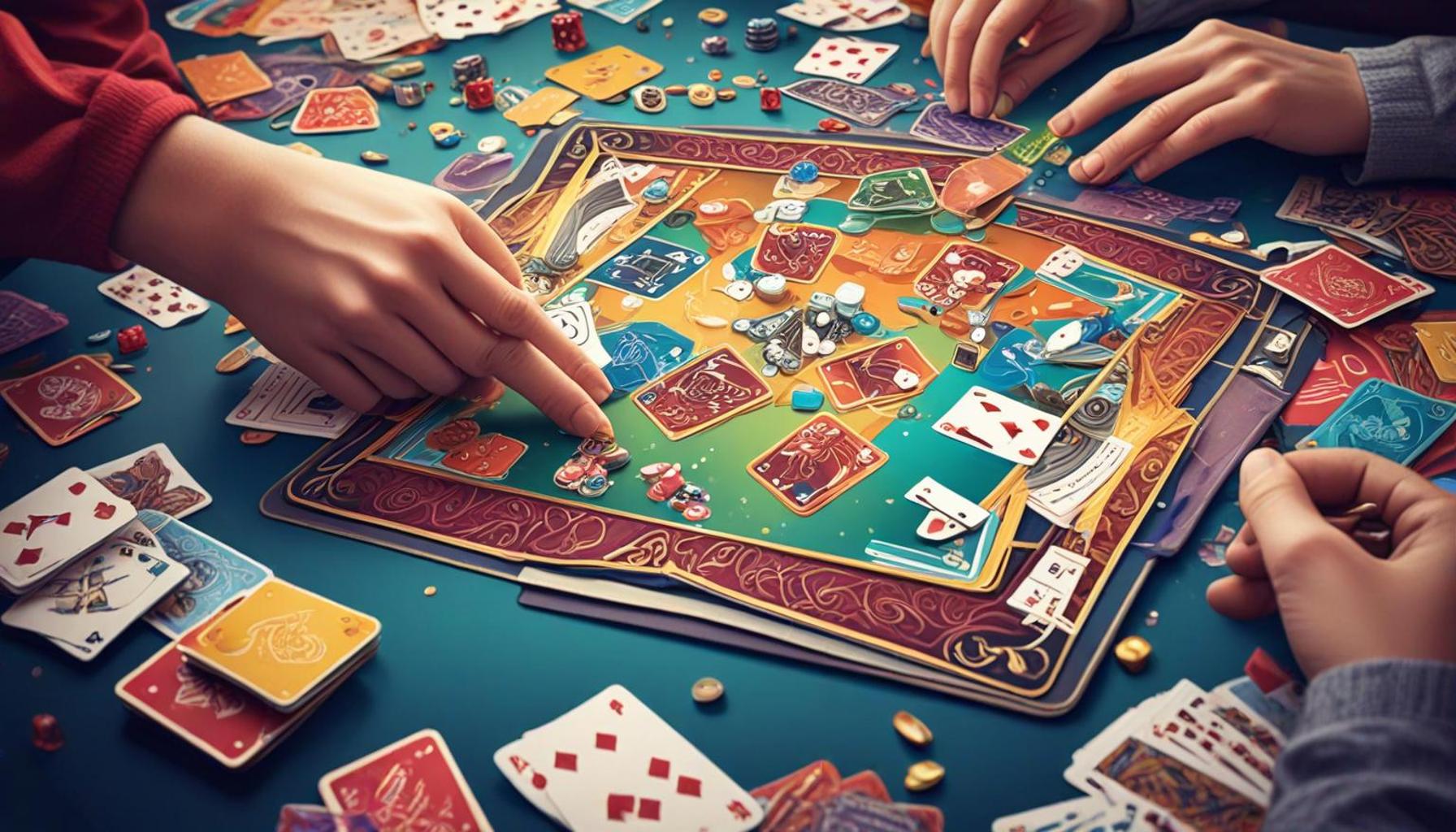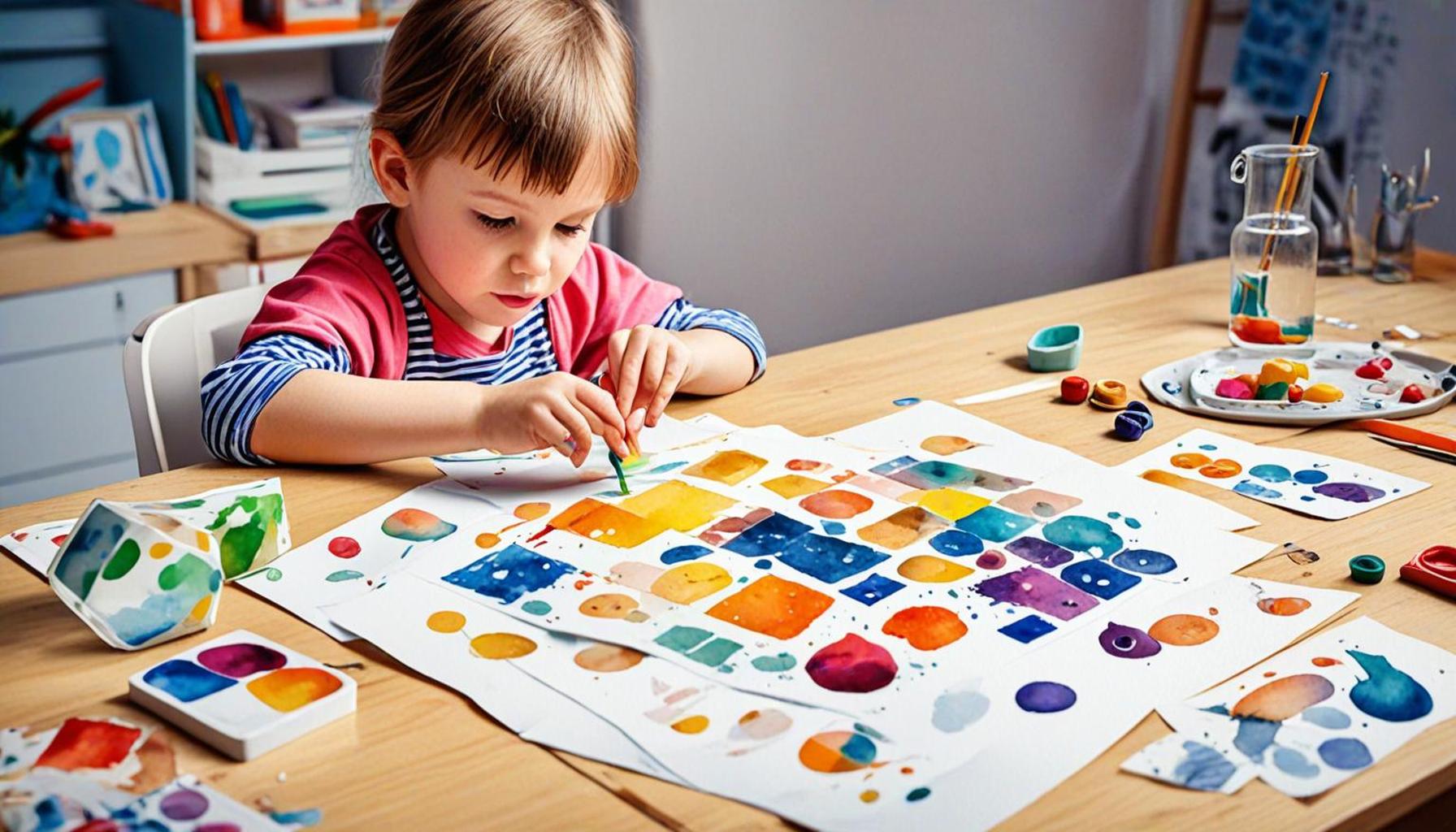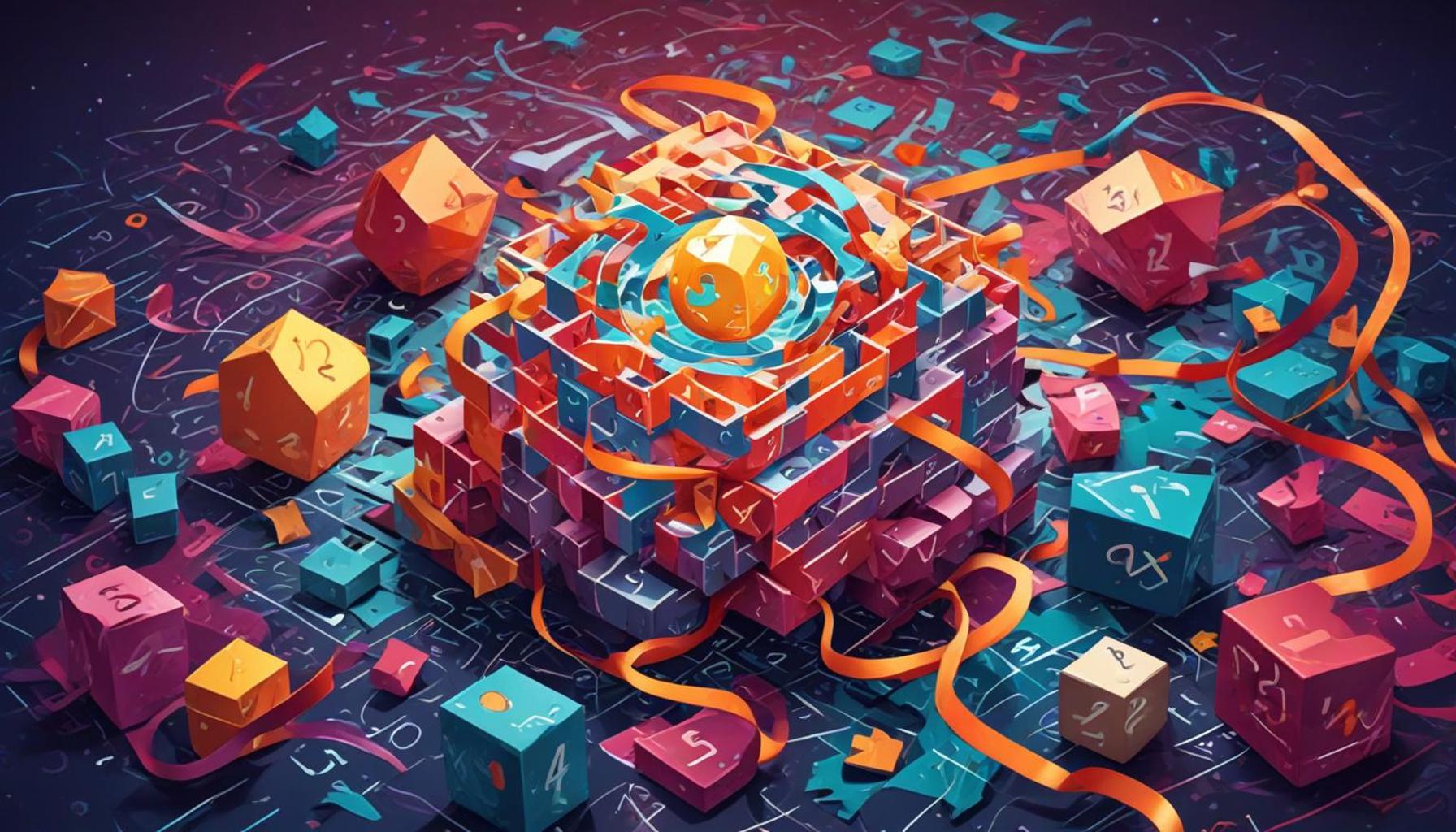How 3D Puzzles Can Develop Spatial Awareness and Creativity
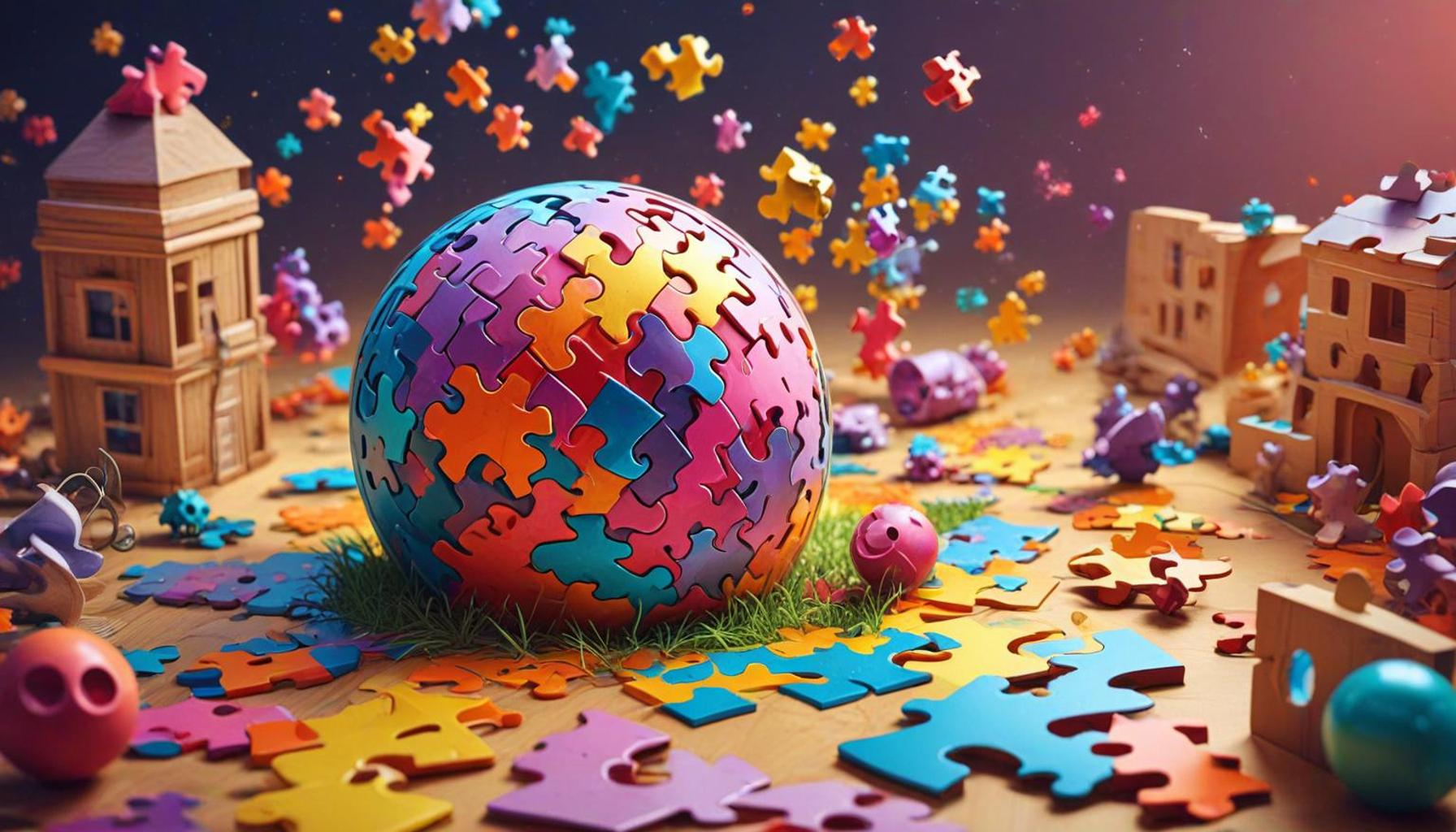
The Impact of 3D Puzzles on Learning and Development
In an era marked by rapid technological advancements and educational shifts, fostering spatial awareness and creativity has become vital for success. One powerful method to achieve this is through engaging with 3D puzzles, which offer not just entertainment, but also valuable cognitive stimulation.
At their core, 3D puzzles are complex structures that challenge both the mind and hands, making them a multifaceted learning tool. By piecing together these three-dimensional models, players embark on an exploratory journey that yields various cognitive benefits, including:
- Enhancing problem-solving skills: Tackling the unique challenges posed by 3D puzzles encourages players to develop innovative solutions. As they confront unexpected obstacles, they learn to think outside the box, a skill beneficial in all areas of life.
- Improving visual-spatial skills: As participants fit pieces together, they sharpen their ability to visualize how different components interact in a three-dimensional space. This skill is crucial not only in arts and crafts but also in fields such as architecture and engineering.
- Encouraging patience and focus: Completing a 3D puzzle requires significant concentration and discipline. As players invest time and effort, they cultivate patience—a quality that is often overlooked in a world that favors instant gratification.
In Nigeria, the integration of interactive learning tools is gaining momentum as educators seek to blend traditional methods with innovative strategies. For instance, schools and community centers in cities like Lagos and Abuja are beginning to incorporate 3D puzzles into their curricula. These puzzles provide a bridge, merging academic objectives with engaging, hands-on activities that captivate the imaginations of students. Local artisans and entrepreneurs are even creating culturally relevant 3D puzzles that reflect important Nigerian landmarks and traditions, thereby making learning more relatable and meaningful.
As children, teenagers, and adults immerse themselves in the captivating realm of 3D puzzles, they stand to gain much more than just a challenging pastime. They unlock a treasure trove of creative skills and deepen their understanding of spatial relationships. This journey into the third dimension not only enhances cognitive development but also sets the groundwork for innovative thinking and problem-solving capabilities vital for future success.
The significance of play and interaction cannot be overstated. As 3D puzzles encourage critical thinking and collaboration—whether done individually or in a group setting—they cultivate a sense of community and shared achievement. As Nigeria continues to evolve, embracing creative solutions in education will empower its younger generations, equipping them with essential tools for navigating an increasingly complex world.
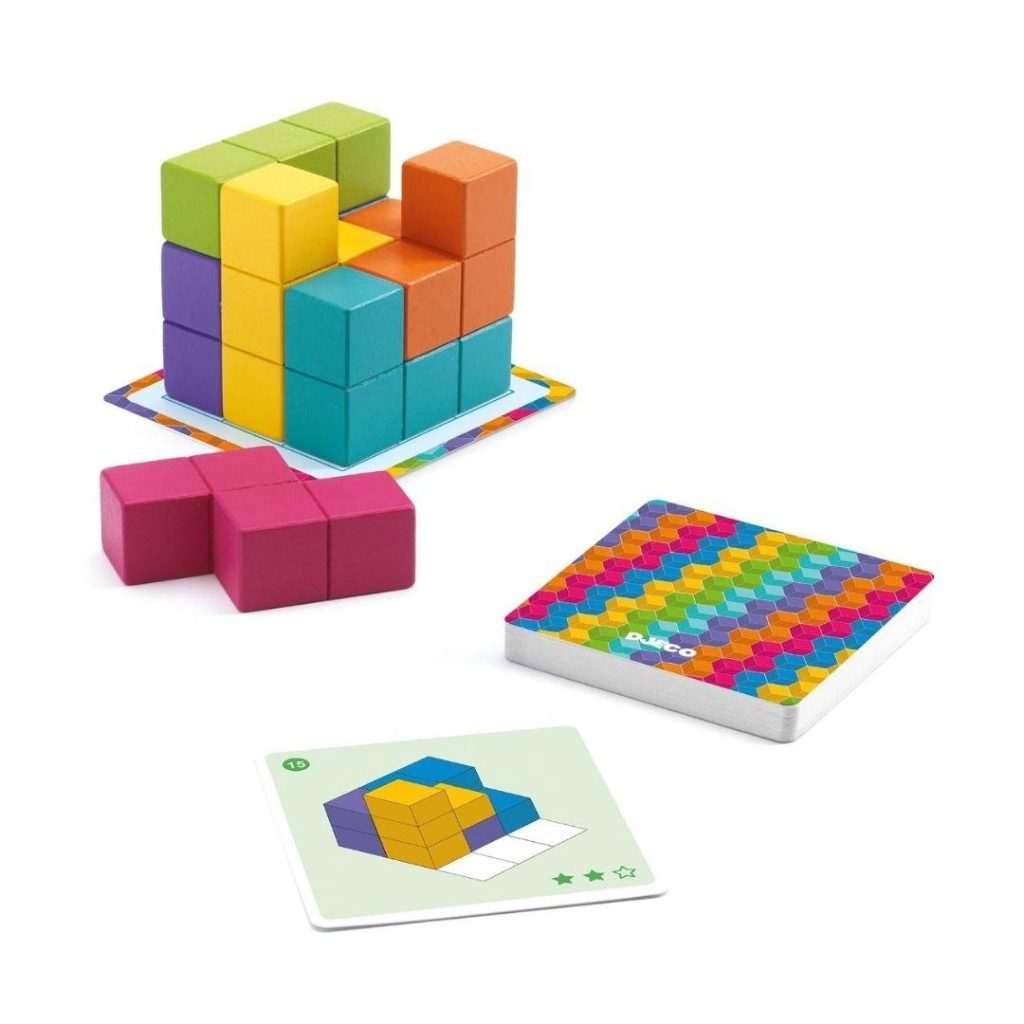
CHECK OUT: Click here to explore more
Unlocking the Mind: The Cognitive Benefits of 3D Puzzles
The world of 3D puzzles presents a unique opportunity to delve into the cognitive processes that enhance our understanding of space and creativity. These intricate models not only provide a stimulating challenge, but they also serve as essential tools for developing key skills that can positively impact various aspects of life, particularly among the youth in Nigeria.
At their core, 3D puzzles require individuals to manipulate objects in a way that fosters a deeper comprehension of spatial reasoning. Spatial awareness refers to the ability to perceive and interact with the world around us in three dimensions. Engaging with 3D puzzles helps to strengthen this ability through a variety of mental exercises, including:
- Three-dimensional visualization: As players fit pieces together, they learn to visualize how components fit and work together in a three-dimensional environment. This skill can translate into real-world applications such as navigating complex spaces or crafting artistic designs.
- Orientation skills: 3D puzzles often require rotating and flipping pieces to find the right fit. This practice sharpens one’s ability to orient objects correctly, essential for tasks like reading maps or configuring layouts in design.
- Analytical thinking: Players must assess the shapes, colors, and patterns of puzzle pieces to determine their placement. This analytical approach stimulates critical thinking, a valuable asset in academic and professional environments.
In a country like Nigeria, where educational resources can vary dramatically, the introduction of 3D puzzles into learning environments could greatly enhance students’ experiences. Interactive tools such as these help to bridge the gap between theoretical knowledge and practical skills. Schools in various regions, from bustling Lagos to serene Enugu, have begun recognizing the transformative power of these puzzles.
Furthermore, local businesses are tapping into this trend by producing 3D puzzles that celebrate Nigerian culture and heritage. These puzzles, featuring iconic landmarks such as the Aso Rock or the historic Osun-Osogbo Sacred Grove, not only engage students but also instill a sense of pride in their heritage. By working on these representations, students are not just learning about shape and form; they’re developing a connection to their identity and history.
The benefits of 3D puzzles extend beyond individual growth. When students collaborate on these puzzles, they develop essential teamwork and social interaction skills. This collaborative aspect is particularly important as it fosters a sense of community, encouraging young people to work together toward shared goals. As Nigeria continues to pursue innovative educational strategies, emphasizing tools like 3D puzzles could lead to a generation of learners equipped with the spatial awareness and creativity necessary for success in a complex, interconnected world.
| Category | Advantages |
|---|---|
| Spatial Reasoning Skills | 3D puzzles enhance the ability to visualize and manipulate objects in space, an essential skill in various fields such as architecture and engineering. |
| Creativity Boost | Engaging with 3D puzzles encourages innovative thinking, prompting individuals to explore different solutions and approaches while piecing together unique designs. |
3D puzzles serve not just as entertainment but also as powerful tools for cognitive development. One key advantage of solving these puzzles is the improvement of spatial reasoning skills. As individuals navigate the challenges of assembling three-dimensional shapes, they learn to visualize how different pieces fit together in real-world spaces. This skill is crucial for numerous professions, especially those related to science and technology.Moreover, engaging with 3D puzzles significantly enhances creativity. When individuals are faced with the task of constructing intricate models, they often brainstorm various ways to arrive at solutions, pushing the boundaries of their imagination. These activities do not merely build physical structures; they also foster a mindset of exploration and discovery, encouraging a love for learning through play. These dual advantages of developing spatial awareness and creativity make 3D puzzles an invaluable resource in both educational settings and personal growth.
SEE ALSO: Click here to read another article
Nurturing Creativity Through Hands-On Learning
Beyond cognitive capabilities, 3D puzzles have proven to be a fertile ground for nurturing creativity in individuals, particularly the youth in Nigeria. The very act of assembling a three-dimensional creation encourages hands-on learning, allowing students to express their artistic side while fostering an inventive mindset. As they work through the challenges of complex shapes and designs, participants quickly discover that there is often more than one solution to a given problem, opening their minds to possibilities and imagination.
For instance, during the construction of cultural landmarks in 3D puzzle form, students not only gain technical skills but also have the opportunity to infuse personal creativity into their projects. Whether customizing colors, choosing accessories, or even designing their layouts, they engage in a process where innovation meets functionality. This blends artistic expression with practical crafting, and it is particularly significant in Nigeria, where vibrant cultural heritage can inspire unique designs.
Moreover, 3D puzzles serve as a platform for interdisciplinary learning. Art, science, engineering, and mathematics converge as students visually and physically grapple with the properties of shapes and forms. When constructing models that represent physics principles, such as balance and weight distribution, students learn while they play. This application of STEM education through practical means adds excitement and encourages young minds to consider careers in fields such as architecture, engineering, or design.
- Enhanced problem-solving skills: The often non-linear nature of assembling 3D puzzles promotes creative problem-solving. Students learn to view challenges from multiple angles, exploring unconventional paths for solutions.
- Encouragement of persistence: The intricacy of 3D design can require multiple attempts, reinforcing the importance of perseverance. Children find motivation in overcoming obstacles, embedding a sense of determination in their daily tasks.
- Collaboration and idea sharing: As students work together, they bring diverse ideas to the table. This collaboration fosters communication and idea exchange, enhancing their collective creativity.
Importantly, the presence of local artisans and craftspeople in Nigeria provides an avenue for young learners to see the value of applying traditional skills in contemporary forms. Workshops and community spaces where 3D puzzles are created can invigorate local craftsmanship while educating young people in innovative ways. By engaging with established creators, students gain firsthand knowledge of the creative process and its applications in real-world industries.
In larger urban areas, where competition is fierce and job opportunities can be sparse, developing spatial awareness and creativity through 3D puzzles can significantly enhance employability. Employers increasingly value creative problem solvers who think outside the box, and 3D puzzles develop precisely those attributes.
As parents and educators seek new ways to engage students in learning, the incorporation of 3D puzzles into educational curricula can serve as a potent tool. Not only do they cultivate important life skills, but they also lay the groundwork for a generation that is not just aware of its space but is also empowered to shape it creatively.
SEE ALSO: Click here to read another article
Conclusion: The Transformative Power of 3D Puzzles
In the dynamic and rapidly evolving landscape of education, 3D puzzles emerge as an invaluable resource for developing both spatial awareness and creativity among Nigeria’s youth. By engaging in the tactile experience of assembling intricate designs, students transform abstract concepts into concrete understanding, enhancing their ability to visualize and manipulate space effectively. This hands-on engagement not only bolsters cognitive abilities but also ignites a creative spark, leading to innovative thinking that transcends traditional boundaries.
Moreover, through the multifaceted approach of 3D puzzling, learners encounter opportunities for interdisciplinary collaboration, integrating art, science, mathematics, and engineering in meaningful ways. Such diverse engagement resonates with Nigeria’s rich cultural tapestry, allowing children to draw inspiration from their surroundings while developing essential skills that improve their readiness for the workforce. As employers increasingly seek individuals who can approach challenges with creativity and adaptability, the impact of 3D puzzles on problem-solving prowess becomes even more critical.
Finally, as educational frameworks evolve to prioritize experiential learning and creativity, incorporating 3D puzzles in classrooms represents not just a trend, but a profound commitment to nurturing the potential of future generations. By embracing this innovative learning tool, we lay the groundwork for a society where young minds are not merely aware of their space but are empowered to shape it with foresight, creativity, and cultural sensitivity. As we reflect on the possibilities presented by 3D puzzles, one thing becomes clear: the potential for transformation lies in the hands of those who engage with them.
